Journeying to the Dark Side of the Moon
Our music critic takes on the landmark album Pink Floyd released 50 years ago this month
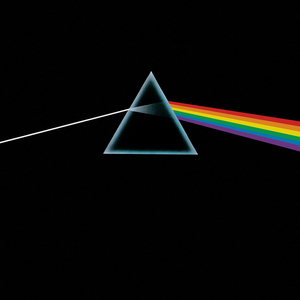
Taken from Wikipedia, though can be found in various sources. Originally designed by graphic designer Storm Thorgerson with Aubrey Powell for their company Hipgnosis.
March 16, 2023
Introduction: Pink Floyd, the group you know for rainbows and walls, was a British psychedelic rock band formed in London, England, in 1965. Though their lineup would change constantly throughout their career, as of 1973 the group consisted of David Gilmour on vocals and guitars, Nick Mason on drums and percussion, Roger Waters on vocals and bass, and Richard Wright on keyboard and background vocals. This was essentially their original lineup without lead guitarist Syd Barrett, who would leave not long after the band’s formation due to mental issues and drug abuse. Throughout their career, especially during their 1970s run, Pink Floyd would release a number of landmark rock albums, including “The Wall” and “Wish You Were Here.” Pink Floyd would also develop a trademark smooth and experimental sound, and the group would dabble in progressive rock and art rock as well. However, within the band’s illustrious career, one album would stand tall in popularity among the others, one that would influence countless future musicians. The album was released on March 1, 1973, titled “The Dark Side of the Moon.”
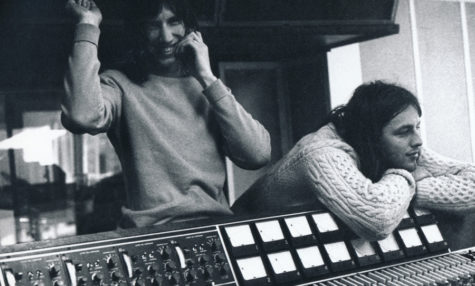
Production/Instrumentation: One of the features that stands out among this album, and among Pink Floyd and psychedelic and progressive rock bands in general, is the tendency to bring other instruments into the fold. For example, saxophone solos are present in “Money” and “Us and Them” and Wright’s organ playing is on display during the backdrops of “The Great Gig in the Sky” and “Eclipse.” Spoken word passages are used in songs such as “Speak to Me” and the start of “The Great Gig in the Sky” and looped tape effects are used throughout “On the Run.” Many of these choices, particularly the tape effects, appear ambitious and experimental considering the album released in the 1970s, and since these innovative choices are presented so boldly, this could be partly why many have held the album in such high regard over the years. Of course, the album still has the instrumentation found in a typical rock band. The guitars alternate between calming and piercing and Mason’s drum playing similarly alternates tempos and occasionally showcases wild solos on songs such as “Money.” The album also often hearkens back to previous songs and themes to create a sense of cohesion. For example, the singing melodies at the end of “Time” resemble those of “Breathe (In the Air)” and closing track “Eclipse” ends with the soft thudding sounds that “Speak to Me,” the opener, begins with. The songs also transition smoothly into one another, as one could have difficulty finding the transitions between closing pair “Brain Damage” and “Eclipse” and opening pair “Speak to Me” and “Breathe (In the Air)” without looking. “Money” and “Us and Them” also transition nicely as well. Overall, the production on “The Dark Side of the Moon” establishes itself as varied, unique and experimental, especially for the time.

Songwriting: Though multiple songs on the album are instrumental or have no spoken lyrics, the songwriting is thought-provoking when it appears. Much credit needs to be given to Roger Waters, who was the sole lyricist for the album. The album’s concept centers around lunacy, and both the causes and effects of madness. For example, “Money” displays the greed and corruption that can arise from money. “Us and Them” focuses on interpersonal conflict and mentally separating oneself from others. “Time” looks at the endless passing of time, and how it can pass others by before they realize. All of these ideas once again tie into the album’s aforementioned sense of cohesion, as these various songs tie into the album’s main concept and complement each other well. In fact, penultimate track “Brain Damage” even singles out the album’s title with the line “I’ll see you on the dark side of the moon.” Altogether, the album’s songwriting helps to tie into the album’s sense of cohesion.
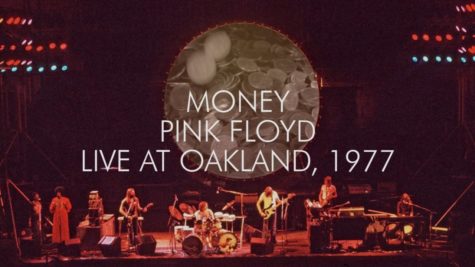
Artist Performance: The artist performance, throughout the album, remains engaging and versatile just like the album’s production. The singing performances, mostly handled by David Gilmour, can be smooth and clean, just as they are on “Breathe (In the Air),” “Brain Damage,” and parts of “Us And Them,” but they can also be strong and aggressive, such as in “Money” or “Time,” where Gilmour’s vocals really shine. The guitar playing is likewise varied throughout, with notably intense solos in “Time” and “Money,” the latter of which features impressive guitar and bass interplay. The synth and organ playing, particularly during “Any Colour You Like,” helps to immerse the listener in the psychedelic style of rock that Pink Floyd operates within, and both add to the overall experience of the album, as do methods such as the tape effects in “On the Run.” Finally, Mason’s drum playing, like many of the other instruments, operates well within the fields given. Chaotic drum backgrounds and solos are given during the aforementioned aggressive cuts, particularly “Money,” but they can remain steady and slow-moving on more soulful songs such as “The Great Gig in the Sky.” This song also features a very impressive performance from singer Clare Torry, even though the song has no lyrics. Her vocal range and presence are on full display and add quite a lot to the song. In all, the artist performance throughout the album retains the versatility and experimentation present in the band’s production while remaining consistently engaging.
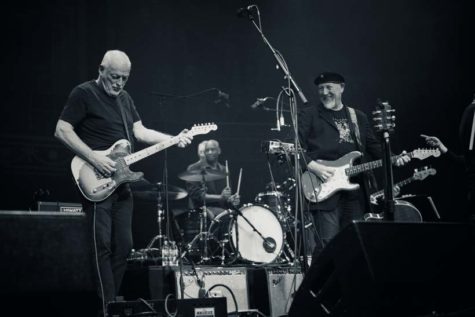
Personal Enjoyment: To begin, this is one of the first albums I ever fully listened through. It also peaked my interest in some of Pink Floyd’s other work, so I have some sentimental value to this album. However, though many consider this Pink Floyd’s best album and one of the best albums ever made, I would simply call it an impressive piece of music. I find the album enjoyable, but I also prefer other Pink Floyd albums such as “Wish You Were Here” and “The Wall.” There are also songs, such as “The Great Gig In the Sky” and “On the Run,” that work fine within the album’s context, but that I don’t return to. “On the Run” is my least favorite, as I feel like it drags on, and though the tape effects and airplane sound effects are cool, there isn’t much to keep me returning. However, there are many songs on the album I do come back to. “Breathe (In the Air),” for example, is a beautiful intro that brings the listener into the album in an almost entrancing way, with Gilmour’s vocals and soft guitars contributing to a relaxing atmosphere. “Us and Them,” the most emotional and intense cut on the album, delivers a strong ballad about separation and humanity, with impactful swells of instrumentation that make the song all the more powerful and climatic. Finally, “Money” is my favorite song on the album. With its groovy bass, aggressive tone, catchy saxophone solo, odd time signature, and one of the most creative intros of any rock song, “Money” remains one of Pink Floyd’s best, with its message of greed accompanying money only becoming more and more relevant with time. All in all, though “The Dark Side of the Moon” isn’t one of my personal favorite albums, I still think it is still a great piece of work with timeless songs and classic highlights.
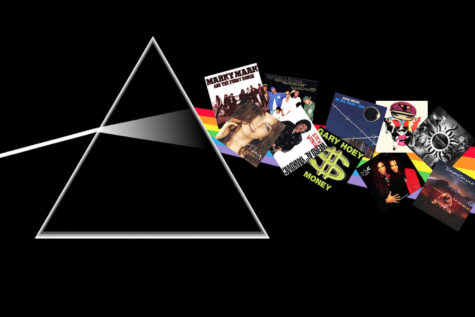
Influence: No matter anyone’s personal opinion on the album, there is absolutely no denying the influence of “The Dark Side of the Moon.” A landmark album in progressive and psychedelic rock, it would go on to influence a number of future musicians and groups, such as Tame Impala, Radiohead, and The Flaming Lips, and it would skyrocket Pink Floyd into the spotlight as rock legends that they are known as today. The album turned 50 years old on March 1, 2023, and in that time the album has become a staple of pop culture. The album cover itself, of light being refracted into different colors by a triangular prism, would become synonymous with the band and would resonate as one of the most recognizable album covers in music. Personally I think the album held up so well because of the creative and innovative ideas that it brought into the mainstream at the time of its release. This progressive and psychedelic sound no doubt captured the attention and interest of many listeners in the 70s, which I think is what cements “The Dark Side of the Moon” as one of the most well known albums today. Another notable reason I think the album is held in such regard is that it has aged gracefully as well. Even as the album recently hit its 50th anniversary, its ideas still appear creative, and the album still holds up as a classic and a staple of modern music.
Rating: 8/10
Favorite Songs: Breathe (In the Air), Money, Us and Them
Least Favorite Song: On the Run
Breathe (In the Air) (Pink Floyd’s Youtube channel):
Money (Pink Floyd’s Youtube channel):
Us and Them (Pink Floyd’s Youtube channel):






